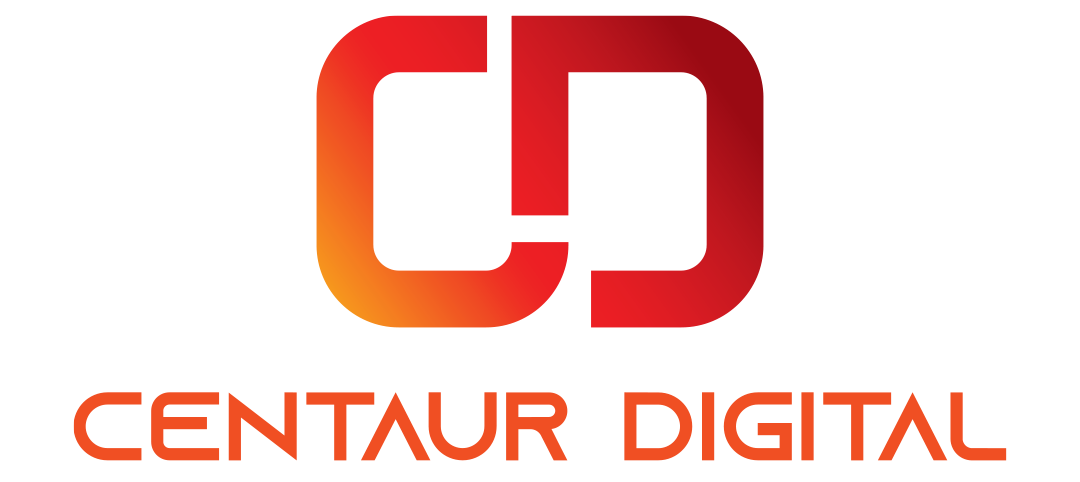Camilla runs a family bakery. Her kids are getting older and they help out a significant amount, for which Camilla compensates them reasonably. She has seen some talk online about tax advantages of paying for an employee’s education. Her eldest son will start college next year, so Camilla reached out to her tax advisor for some clarification and advice.
There are many ways that businesses can pay for education expenses for employees. The simplest is a stipend, or extra compensation, but it’s taxable to the employee. The IRS offers three options with tax advantages: scholarships, educational assistance programs, and working condition fringe benefits. Listed below are the different rules and requirements of each program.
Scholarships (Section 117)
Many companies offer scholarships generally to the public and also privately to families of employees or former employees. The setup requirements for a scholarship program are extensive and provide little tax benefits to the business, but they are tax-free for recipients if used for qualified education expenses. This means that most small businesses are not great candidates for scholarship programs.
Educational Assistance Program (Section 127)
One great way to provide tax-free benefits to employees is through an educational assistance program. This allows the business to take a tax deduction for the education expenses while also excluding that income from the employee’s wages. The funds can be used for college and does not have to be related to the employee’s current position. In addition, through the end of 2025, student loan repayments can also be included in this program.
However, there are limitations to the educational assistance program: It requires a written plan that includes all eligible employees, which can be costly to set up. The amount of assistance can’t exceed $5,250 per year. Owners of the business, their spouses, and dependents are typically not eligible. Children of owners are not excluded as long as they are over 21 and not dependents.
Working Condition Fringe Benefit (Section 132)
If certain conditions are met, job-related education can be tax deductible for a business and excluded from employee’s wages. For this benefit, no written plan is required, there are no limits on the amount deducted, and it can be applied at an individual employee level. However, the plan carries specific rules for what qualifies as a deductible education expense.
First, the education has to be required by the employer or by law for the employee to keep their current position. Second, the education maintains or improves skills needed in the current job. Third, the education can’t qualify the employee for a new trade, so this excludes most undergraduate programs. And finally, the education isn’t needed to meet the minimum requirements for the current job.
These three IRS programs differ greatly in who can receive the benefits, the amounts deductible, and what rules must be followed. Most small businesses will typically benefit from setting up an educational assistance program or paying for education expenses as a working condition fringe benefit, while scholarships are usually relegated to larger businesses.
After speaking with her tax advisor, Camilla realizes she cannot benefit from either the scholarship or educational assistance program. The first is too expensive, and she doesn’t qualify for the second because her son is a dependent. She was reminder, however, that she’s already been using the working condition fringe benefits to deduct baking classes for her children.
This article originally appeared on Forbes
